A gum graft is a restorative procedure used to repair receding gum tissue. Gum recession can be a result of poor oral hygiene, underlying medical conditions, genetics, smoking, and even some medications and can cause a lot of pain and tooth sensitivity for patients.
Gum recession causes the root of the tooth to become exposed and makes very hot or cold foods and beverages painful to consume. Left untreated, gum recession can cause loss of bone structure in the jaw and even tooth loss! If you are experiencing sensitivity from receding gums, you may not require a gum graft but instead, your dentist may advise an alternative treatment.
What treatment options are available as an alternative to gum grafting?
Scaling and Root Planing
Scaling and root planing is a deep cleaning which can be a great first step to help heal sensitive teeth and irritated gum tissue. Scaling and root planing is usually completed over two or more visits because the patient is numbed with a local anesthetic in the area being treated, so typically, only one quadrant or one half of the mouth is worked on at a time.
Your hygienist will use manual tools to scrape plaque and bacteria out of your gum pockets which is the space between the gum tissue and tooth surface. When all of the plaque and bacteria have been removed, the gum tissue will be able to heal closer to the tooth surface, covering any previously exposed roots.
Gum Contouring
Gum contouring is performed using either a soft tissue laser or a scalpel to reshape the gumline. Gum contouring is commonly used to treat a gummy smile but the same process can clear bacteria and plaque out of the gum pockets and allow the gum tissue to heal closer to the tooth surface. If your dentist does not perform gum contouring in their office, they may refer you to a periodontist for treatment. A local anesthetic is used for this procedure as well but can usually be completed in one visit.
When is a gum graft necessary?
When scaling and root planing or gum contouring is not sufficient, your doctor may suggest a gum graft. Your doctor harvests a piece of healthy tissue from the roof of your mouth or they may use a piece of tissue from a donor cadaver. The tissue is stitched into place over the affected area to allow the graft to integrate with the existing gum tissue as you heal. This procedure can be used on one or multiple teeth.
For patients with severe gum recession that has affected the jaw bone, it may be necessary for your doctor to perform a bone graft before placing the gum graft.
Any procedure listed above is going to be a little painful during recovery but discomfort should be manageable with over-the-counter pain medications. If you feel that you are experiencing a higher level of pain, call your doctor so they can see you to evaluate the area and make sure that you are not developing an infection.
